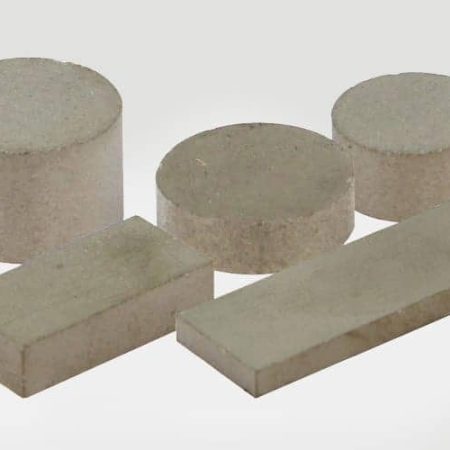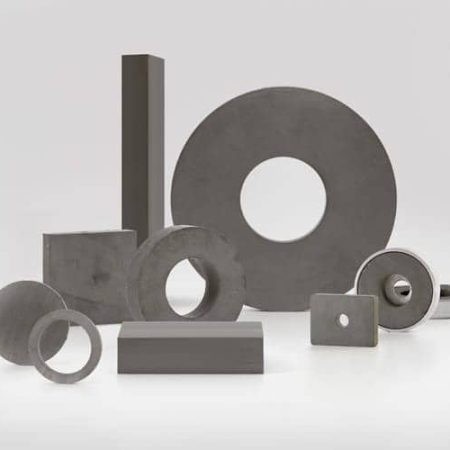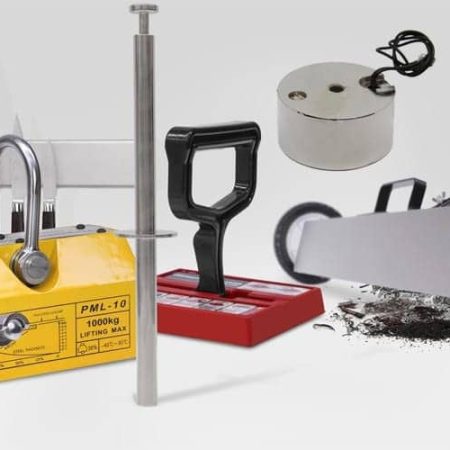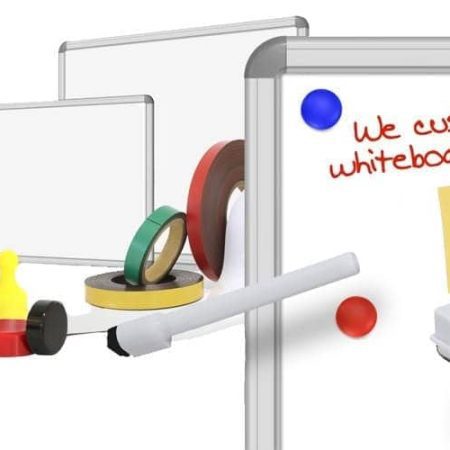Strong Magnets
Magnets New Zealand stocks a wide range of especially strong Neodymium Rare Earth magnets, which are some of the most powerful magnets available. Below are answers to frequently asked questions about these powerful magnets:
Which magnets are the strongest?
Neodymium magnets are part of the rare earth family and are the strongest magnets available in terms of holding power and magnetic energy output. This makes them superior to other magnetic materials. Their strength is often enhanced by capping the magnet with a steel cover, known as Pot Magnets, which offers protection against damage. Pot Magnets are one of the most versatile magnets in the product range.
Why are Neodymium magnets so strong?
The combination of Boron, Iron, and Neodymium elements forms a ferromagnetic alloy (Nd2Fe14B) with a tetragonal crystal structure, which allows for high magnetic saturation. This magnetic saturation is achieved by aligning the unpaired electrons in the Neodymium atoms, projecting an intense magnetic field. This results in a high level of magnetic energy, enabling more power to be extracted from smaller magnets. This development has significantly impacted numerous industries and product designs.
How to remove strong magnets?
Super-strong and very large magnets can be dangerous! Protect yourself when handling or using strong or large magnets by wearing gloves and eye protection.
Are strong magnets safe?
Children should never play with strong magnets or small magnets, as they pose a choking hazard.
Tips for handling and working with strong magnets:
- Careless handling can result in personal injury.
- Strong magnets can quickly attract steel or other magnets, potentially damaging skin or property.
- The magnetic field of large magnets operates over a wide distance, allowing magnets to jump across a table with great force.
- Hold magnets firmly when near ferrous material or another magnet.
- Wrap or cover magnets in protective, impact-resistant material when not in use.
- Use a non-ferrous spacer between two magnets to make separation easier.
- Remove strong magnets by carefully sliding them over a void or right-angled edge of a workbench or countertop.
- Be mindful of nearby magnetic materials and surfaces to prevent injuries.


























